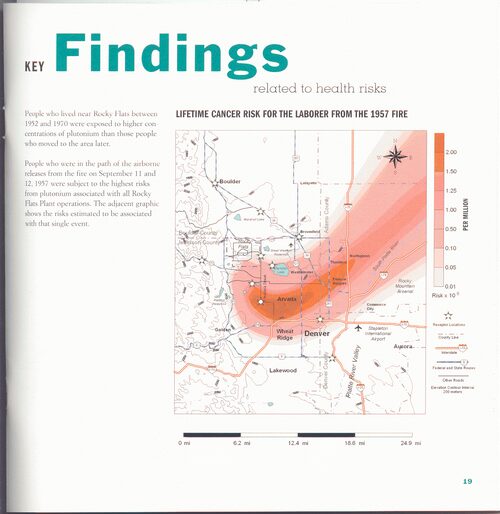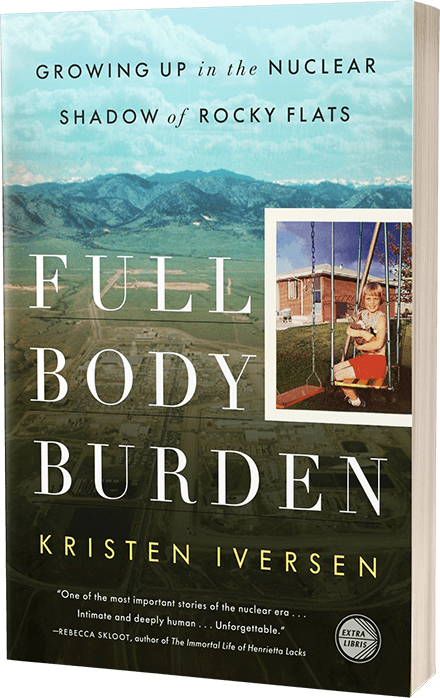Rocky Flats was a vital part of the U.S. nuclear weapons program located near Denver, Colorado. Few people knew it existed or what the plant produced.
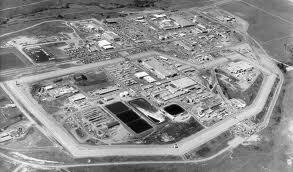
From 1952 to 1989, the Rocky Flats nuclear weapons plant produced more than 70,000 plutonium pits or “triggers” for nuclear bombs. Each pit contained enough breathable particles of plutonium to kill every person on earth.
The plant was veiled in secrecy. Colorado residents were kept unaware of the plant’s activities. Workers were not allowed to talk about their work.
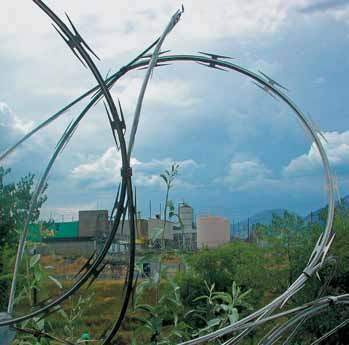
There was extensive radioactive and toxic contamination in the air, water, and soil, both on-site and off-site. In addition to plutonium, off-site contaminants included tritium, beryllium, and dioxin, as well as between 1,100 and 5,400 tons of carbon tetrachloride.
Residential areas around Rocky Flats, particularly south and east of the plant (including the neighborhood where author Kristen Iversen grew up), were contaminated by Rocky Flats.
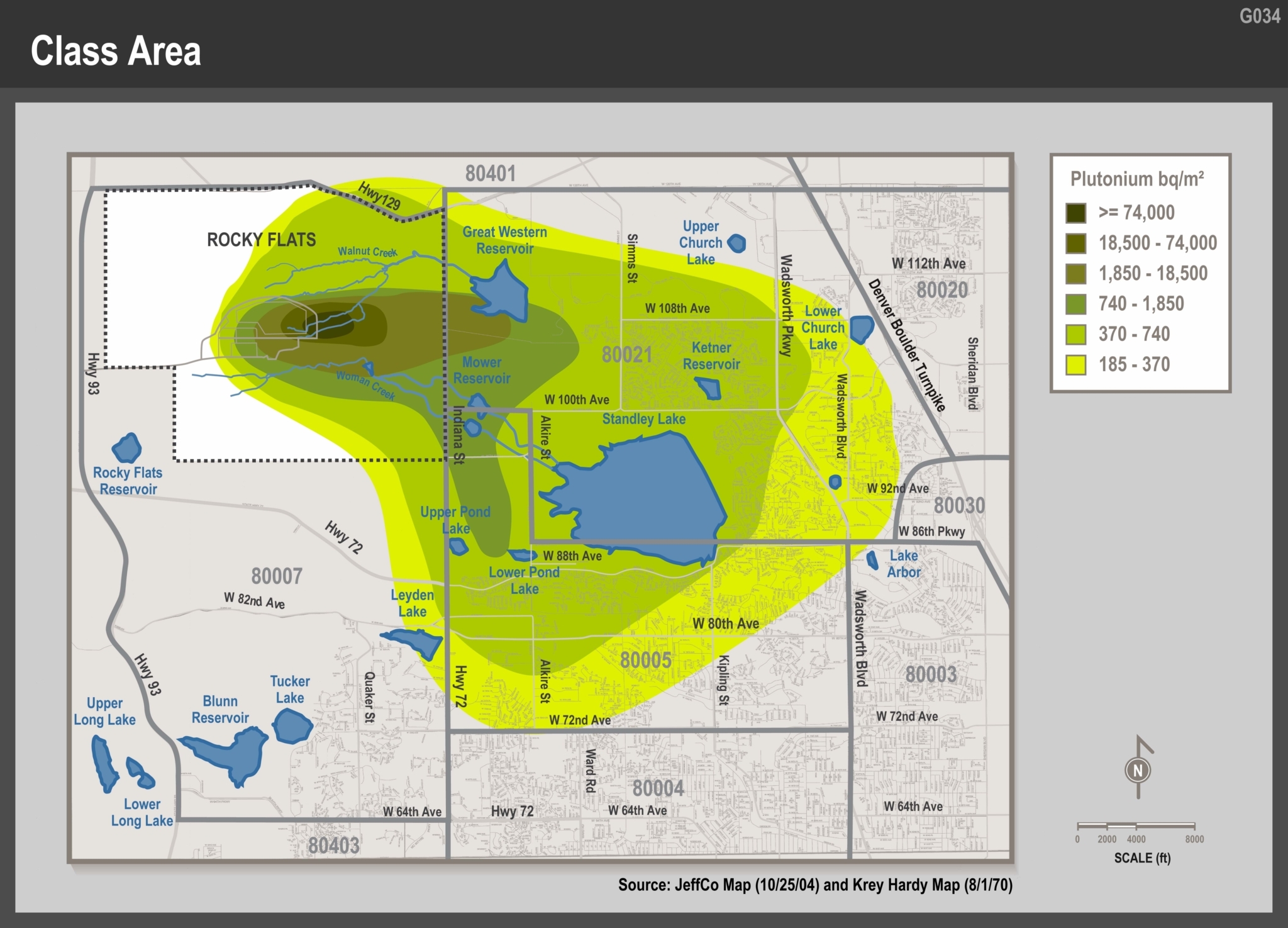
Distribution of plutonium contamination from Rocky Flats in becquerels per square meter (one becquerel equals one disintegration or burst of radiation per second). The original version of this map was prepared by P. W. Krey and E. P. Hardy of the Atomic Energy Commission’s Health and Safety Laboratory, New York City, and published in their 1970 report, “Plutonium in Soil Around the Rocky Flats Plant.” Sampling done in September 2011 along Indiana St. by independent scientist Marco Kaltofen showed that present deposits of plutonium are roughly equivalent to the levels measured by Krey and Hardy in 1970. The dotted red line shows the route of the proposed Jefferson Parkway.
Plutonium is highly flammable. Water cannot be used on a plutonium fire without risking a criticality or nuclear chain reaction. There were more than 200 fires at Rocky Flats, the largest occurring in 1957 and 1969. These fires spread radioactive contamination in the Denver metropolitan area, particularly to areas south and east of the site. The map below shows the path of the radioactive and toxic plume that traveled over the Denver area. Plutonium from Rocky Flats was detected as far as 30 miles away from the plant.
Elevated levels of plutonium have been found in the remains of cancer victims living near the Rocky Flats site, and many studies indicate ongoing health effects including cancer, leukemia, brain tumors, and other health issues in the surrounding population.
The Rocky Flats site, now closed, continues to be controversial due to remaining levels of contamination on the site and in surrounding areas. These areas are experiencing rapid home and business development. Despite remaining contamination and concerns of local citizens, the Rocky Flats National Wildlife Refuge is slated to open soon for public hiking, biking, and recreation.
To read more about Rocky Flats through the eyes of the people who have lived the story, read Full Body Burden: Growing Up in the Nuclear Shadow of Rocky Flats by Kristen Iversen. For updated news and stories, follow Kristen on Facebook at www.facebook.com/authorkristeniversen.
